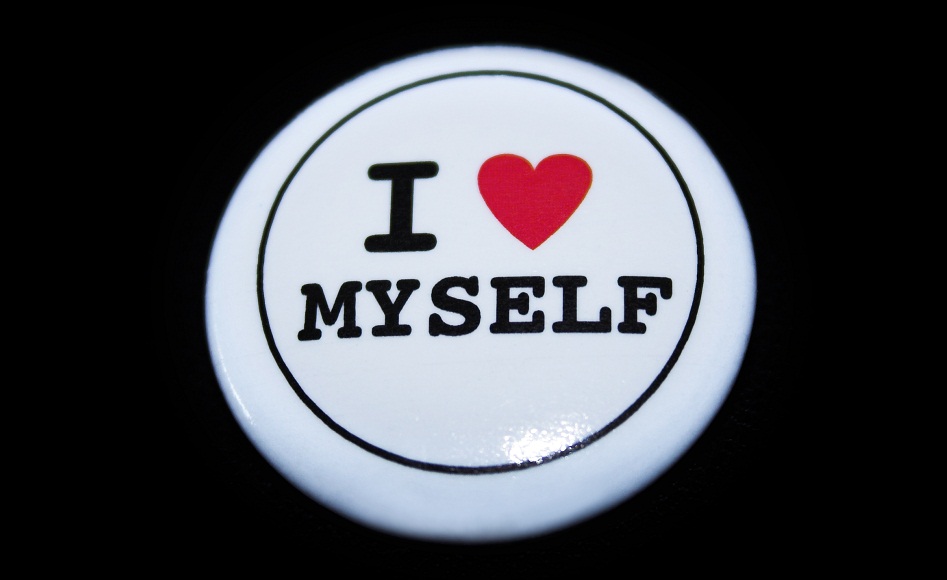How to get rid of your inner demons and build a high opinion of yourself

Having a low opinion of ourselves can affect our behaviour, happiness and the quality of our relationships. What needs to be done here is doing an inside job with our assertion. This is a key to our success; otherwise, we put a sticking plaster on the matter and never really move forward. We continue the inside-out approach with this deep-rooted issue.
In this article author, facilitator and business coach Karen Davies introduces different ways of how to build your self-esteem, from the inside, and diminish your assertive challenge.
A real life example
I worked with a client who had difficulties with his boss. He was condescending, over-powering and impatient. His demands made my client feel uncomfortable, compromised and small. Whenever his boss instructed him to do something, he felt a fear of failure and pressure to get the job done. This was particularly tough for him as a perfectionist, and consequently he put so much energy into pleasing his boss that he often let his colleagues down, who also needed his input.
My client soon realised that his inefficiency was rooted in how he felt around his boss. When he observed his thoughts, he learned that after a request, he would think, “I can’t do it the way he needs me to”, “What if I fail, like last time”, “He’ll shout at me for being incompetent”, “He’ll think I’m useless”.
At this stage, it would be easy for us to point the finger at his boss, suggesting he needs to change. Whilst that may well be true at one level, we have no right to change others, we can only work on ourselves.
Where are the roots of low self-esteem
We surfaced that at an early age, my client developed a low self-esteem due to a relationship with his aggressive father. Therefore, our focus was to re-landscape his garden by building a stronger view of his qualities, strengths and capabilities, gathering evidence that reinforced these views. Through diligent practice, he found that his reshaped self-beliefs influenced a completely different behaviour.
By changing his internal focus, there was a direct, external impact. Through his increased self-esteem, he was more confident in standing up for himself, he asked clarifying questions, negotiated for more time, asked for help and demonstrated a stronger presence. In response, his boss respected him more, treated him like an adult and became less demanding. Their relationship improved drastically, and all because of my client’s change in his internal belief system.
This story shows how, when we change what we think, we can begin to alter our conditioned behaviour. We can challenge what we thought to be true, that what actually shows up as fallacies and delusions, is often shaped around other’s stories or dramas. We learn to create our own truths and based on those we are able to demonstrate more assertion.
Examine your internal self-worth
If we want to develop assertive behaviours then we need to examine the quality of our internal self-worth. If we do not think we are worthy, then our external behaviours match this view of ourselves with timid body language, soft tone, low volume and avoidance behaviour.
When we believe in ourselves, our ability to speak out and confront issues alters drastically. Now we can begin to see the ingredients laid out before us like a recipe that makes a robust fruit cake. These then provide the basis for an authentic layer of icing that holds up firmly amidst life’s challenges.
Fear’s role in our non-assertion
Fear can be both an emotion and a thought that induces instinctively when threatened by danger. When we believe something will harm us or threaten our happiness or security, fearful thoughts and feelings arise that paralyse our ability to act assertively.
The bottom line is that fears weaken us. In our personal lives, we may be able to hide them to some degree, yet professionally, fears have a particularly impacting effect on our success.
Think about your fears. This may range from a fear of spiders, making presentations or not being liked. List what behaviours they provoke in you. Understand their role in your non-assertive thinking and actions (or inactions). Awareness of your fears and their impact is a good start.
SID – Self-imposed doubts
I have found that creating an identity, which encapsulates our negative thought patterns, has been incredibly helpful in their eventual elimination. By characterising our negativity, it lessens what can feel like a huge ocean of pessimism and softens its effect on us. This makes it so much easier to work on than the overwhelming ‘to do’ list.
There are several different characterisations used to brand our negativity; demons, thought gremlins; internal voice. I like the idea of SID – Self-imposed Doubts, as it defines this negative internal dialogue perfectly.
At this point, using your imagination, create an image of SID that suits your purpose. Give him unappealing features that increases your loathing of the character. The more we associate pain, discomfort or disdain to SID, the easier it is for us to eliminate him. Having completed this, you can begin to identify the negative internal dialogue that plagues your conscious mind, taking you a long way to re-building your self-esteem and weeding your subconscious garden.
There is a lot more you can learn about how to gain a high opinion of yourself. Take a look inside Davies’ free eBook “Mastering the Power of Assertive Dialogue”.



